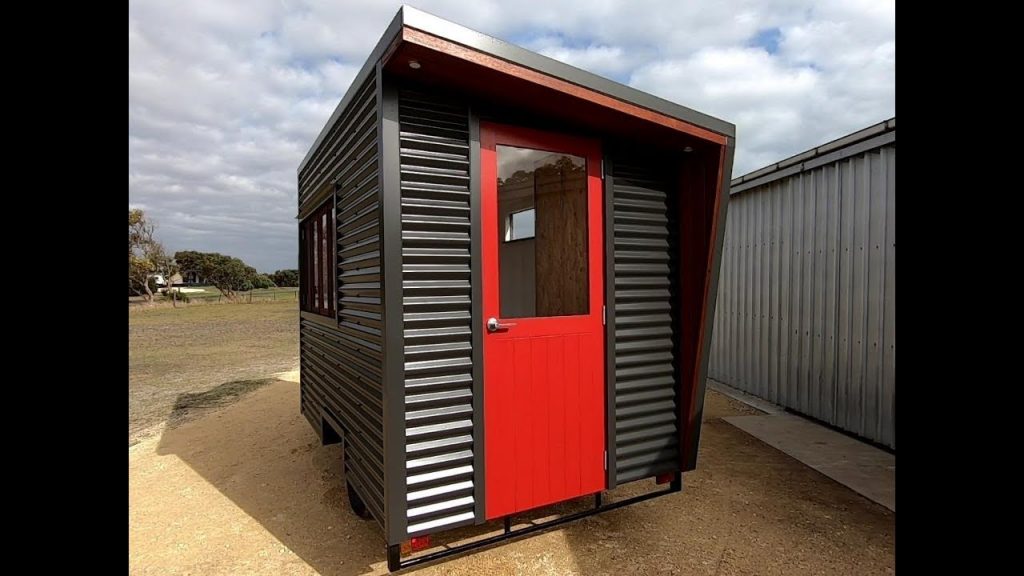How To: Removing a Load Bearing Wall! (EASY STEP-BY-STEP)

I’ll explain how to remove a load-bearing wall in a home.
One of the most common things homeowners want to do when buying a house is removed a wall.. 9/10 times, it turns out to be a #LoadBearing wall.
Why is it important to properly prepare the work area before removing a load-bearing wall?
Removing a load-bearing wall in your home can be a daunting task, but with proper planning and execution, the process can be manageable. A load-bearing wall is an important structural component that supports the weight of the ceiling or upper floors, and removing it improperly can cause serious damage to your home. In this article, we will guide you through the easy step-by-step process of removing a load-bearing wall safely.
1. Determine if the wall is load-bearing
Before you start removing a wall, you must figure out whether it is load-bearing or not. This will avoid any unnecessary damage to your home. To identify a load-bearing wall, look for beams that run perpendicular to the wall, parallel joists above the wall, and the placement of the wall in relation to the rest of the house. If the wall is load-bearing, hire a structural engineer to advise you on how to replace it safely.
2. Prepare the work area
Once you have identified the load-bearing wall, prepare the area properly. Remove all furniture, decorations, and other items from the room. Cover the floors and surrounding areas with protective sheets to prevent dust and debris from spreading. Have a dumpster or alternative waste removal service on hand to dispose of any debris.
3. Plan for the replacement
Removing a load-bearing wall requires a replacement that can bear the weight of the ceiling or upper floors. The easiest solution is to install a beam or a steel post where the wall was removed. Consult your structural engineer for advice on the material and size of the beam or steel post.
4. Remove the drywall
Next, remove the drywall from the load-bearing wall. Start by cutting out the corner where the wall meets the ceiling using a sharp utility knife. Cut a horizontal line along the top of the wall and a vertical line down the center. Pull off the drywall to reveal the studs inside.
5. Remove the studs
Remove the studs of the load-bearing wall systematically, one by one. Begin by hammering a nail into the center of the top plate of the wall. This will help you find the center of the wall as you work. Cut the studs at the bottom of the wall using a reciprocating saw, starting with the middle studs and working outwards.
6. Install the beam
Once the load-bearing wall has been removed, install the beam or steel post in its place. Make sure that the beam is level and well-secured to the ceiling or upper floors. Install the beam in the same way as the studs, starting with the center and working outward.
7. Finish the work area
After installing the beam or steel post, finish the work area. Fill any gaps with drywall and spackle. Sand down the walls and ceiling, paint or wallpaper as desired, and reinstall baseboards and trim.
In conclusion, removing a load-bearing wall can be a complicated process but with a little planning and patience, you can complete it safely and successfully. Be sure to follow these easy step-by-step guidelines for a stress-free renovation.









Single Mother Builds Scandinavian Inspired Tiny House To Escape
We Built Our Dream Home, FROM A KIT!
How to Catch a Trout with a Mouse Trap (Ice Fishing)
“They Can’t Hide It Anymore” (unseen footage)
How to Build a Screened In Patio